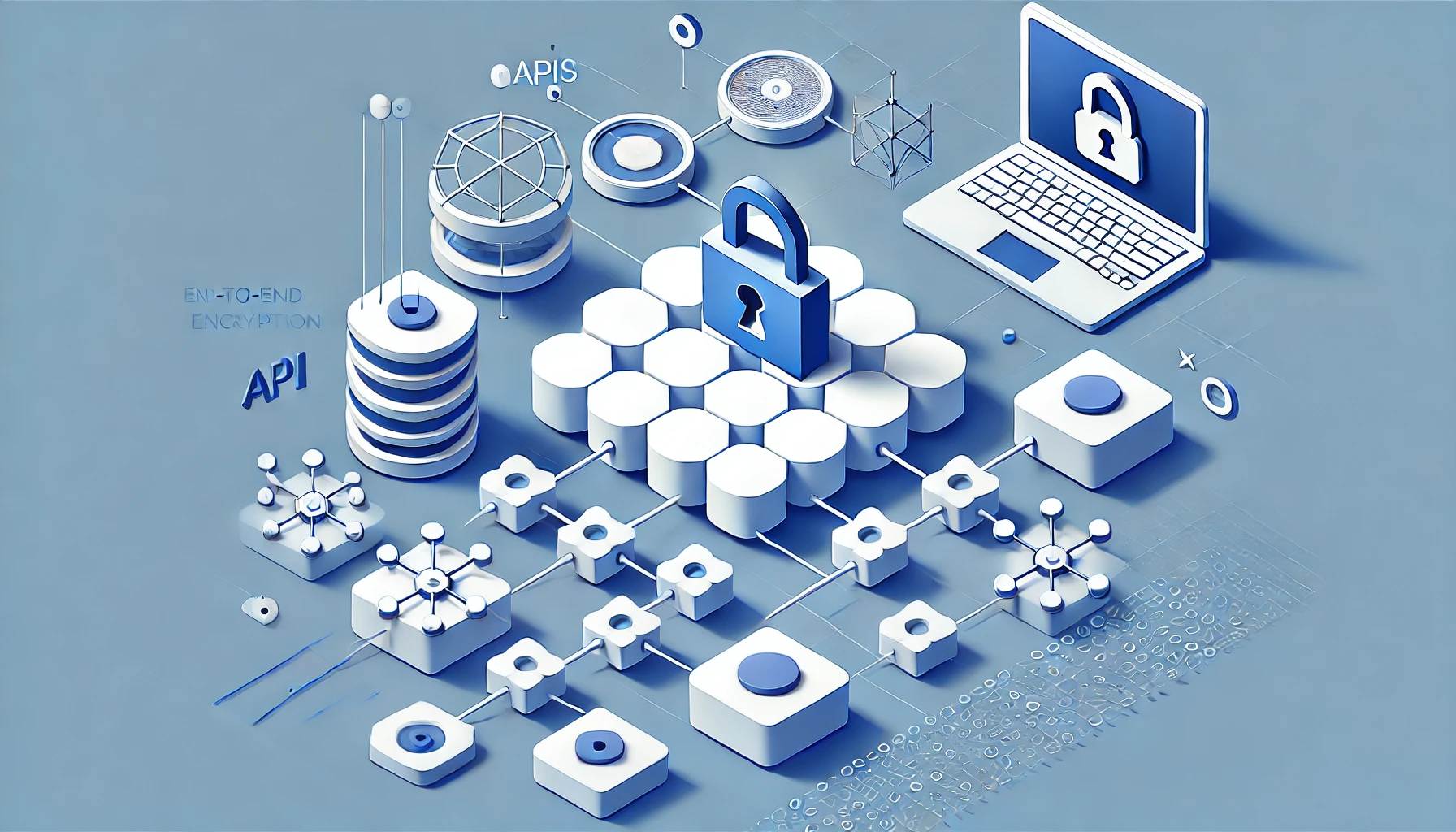
Securing APIs with End-to-End Encryption: Techniques and Best Practices
Executive summary
APIs are a core interface for data exchange in modern applications, making their security critical. This blog explores best practices for securing APIs, such as implementing Transport Layer Security (TLS), using OAuth and JWTs for secure authentication, and incorporating Mutual TLS (mTLS) for enhanced client-server trust. Combined with real-time monitoring and rate limiting, these encryption and authentication practices create a robust API security framework that protects data confidentiality and prevents unauthorized access.
With today’s digital landscape driven by interconnected applications and data exchange, securing APIs has become paramount. APIs often serve as the primary interface for data exchange between applications, mobile devices, and IoT. However, if inadequately protected, APIs can expose sensitive data, making them attractive targets for attackers. End-to-end encryption is a critical technique for securing these connections, ensuring that only the intended parties can access the data being transmitted.
The cornerstone of API security is Transport Layer Security (TLS). TLS creates a secure communication channel by encrypting data in transit, preventing eavesdropping or interception. Proper TLS configuration is essential, requiring up-to-date TLS versions (ideally TLS 1.2 or 1.3), strong cipher suites, and certificate validation to ensure the authenticity of connections. Many API management platforms, including AWS API Gateway and Apigee, provide built-in TLS support, simplifying implementation.
For securing access to APIs at the application layer, OAuth 2.0 is a powerful protocol that allows users to grant third-party applications access without sharing credentials. When paired with JSON Web Tokens (JWTs), OAuth enables secure token-based authentication, reducing reliance on traditional password-based security. JWTs, signed and often encrypted, are compact and easily transportable tokens that carry user claims, allowing API servers to validate requests without repeatedly verifying credentials. Integrating OAuth and JWTs into API security architecture enables more efficient and secure identity verification.
Mutual TLS (mTLS) further strengthens API security, creating a bi-directional trust between client and server. With mTLS, both parties authenticate each other’s identities, establishing a fully encrypted connection and minimizing the risk of unauthorized access. Implementing mTLS, especially in sensitive or high-risk environments, ensures that only trusted devices and services can communicate with APIs. Organizations managing highly regulated data, such as in finance or healthcare, often rely on mTLS to meet compliance standards.
API activity monitoring and logging are essential for spotting suspicious behavior and preventing abuse. Advanced monitoring tools like Datadog and Rapid7’s InsightAppSec provide real-time insights into API requests, flagging unusual patterns such as spikes in access frequency or unexpected request types. Coupling monitoring with rate limiting can also prevent DoS attacks by controlling the volume of requests a user can make in a given time frame, adding another layer of defense.
By combining these security practices, organizations can create a resilient API security strategy that ensures data confidentiality and integrity, helping build trust in today’s interconnected digital environment.
Codesealer’s API security solution aligns well with the best practices of end-to-end encryption, ensuring that all API interactions are encrypted and authenticated, effectively safeguarding data exchanged between applications. With Codesealer, organizations can implement robust encryption for the APIs. While Codesealer provides a key foundation for protecting APIs and data exchanges, making it easier for organizations to secure sensitive data in transit.
